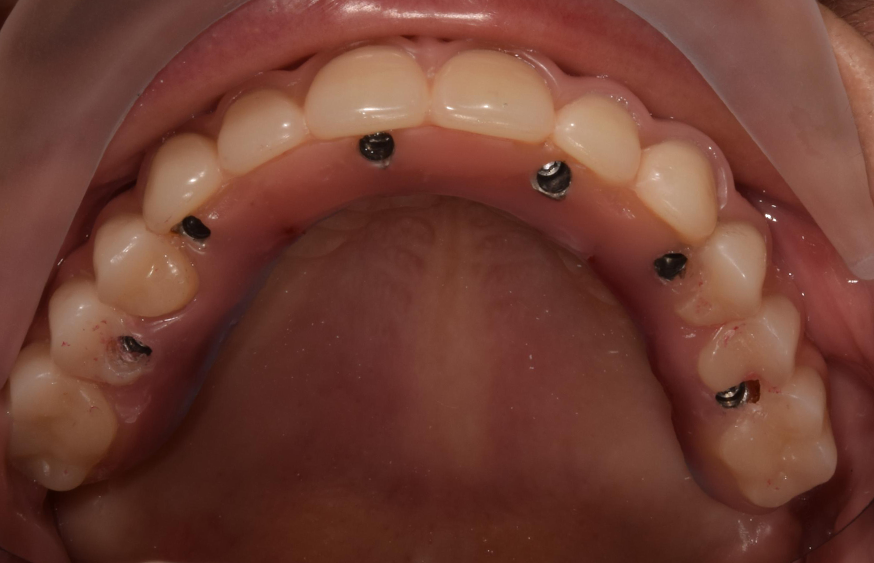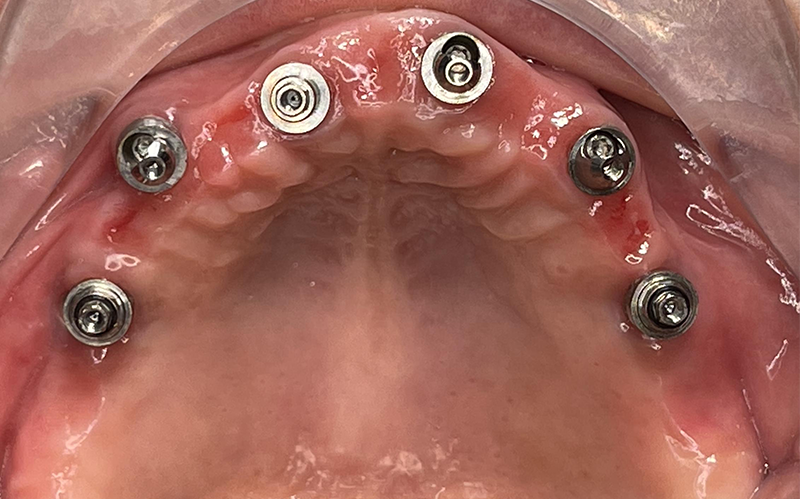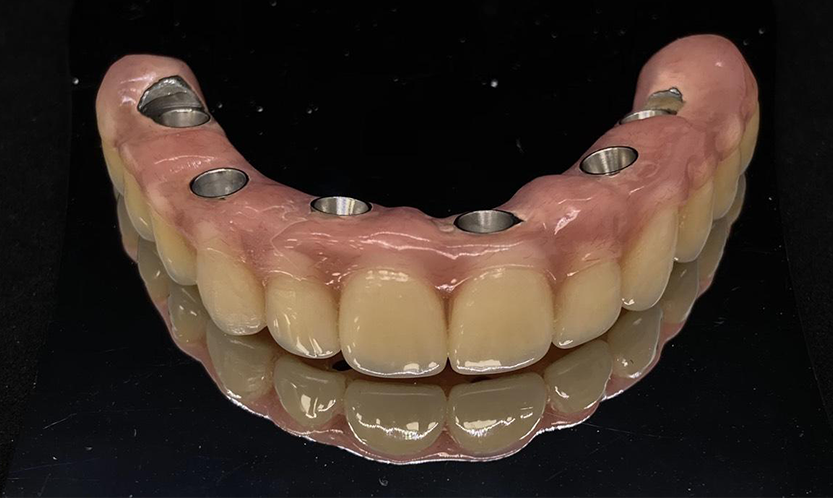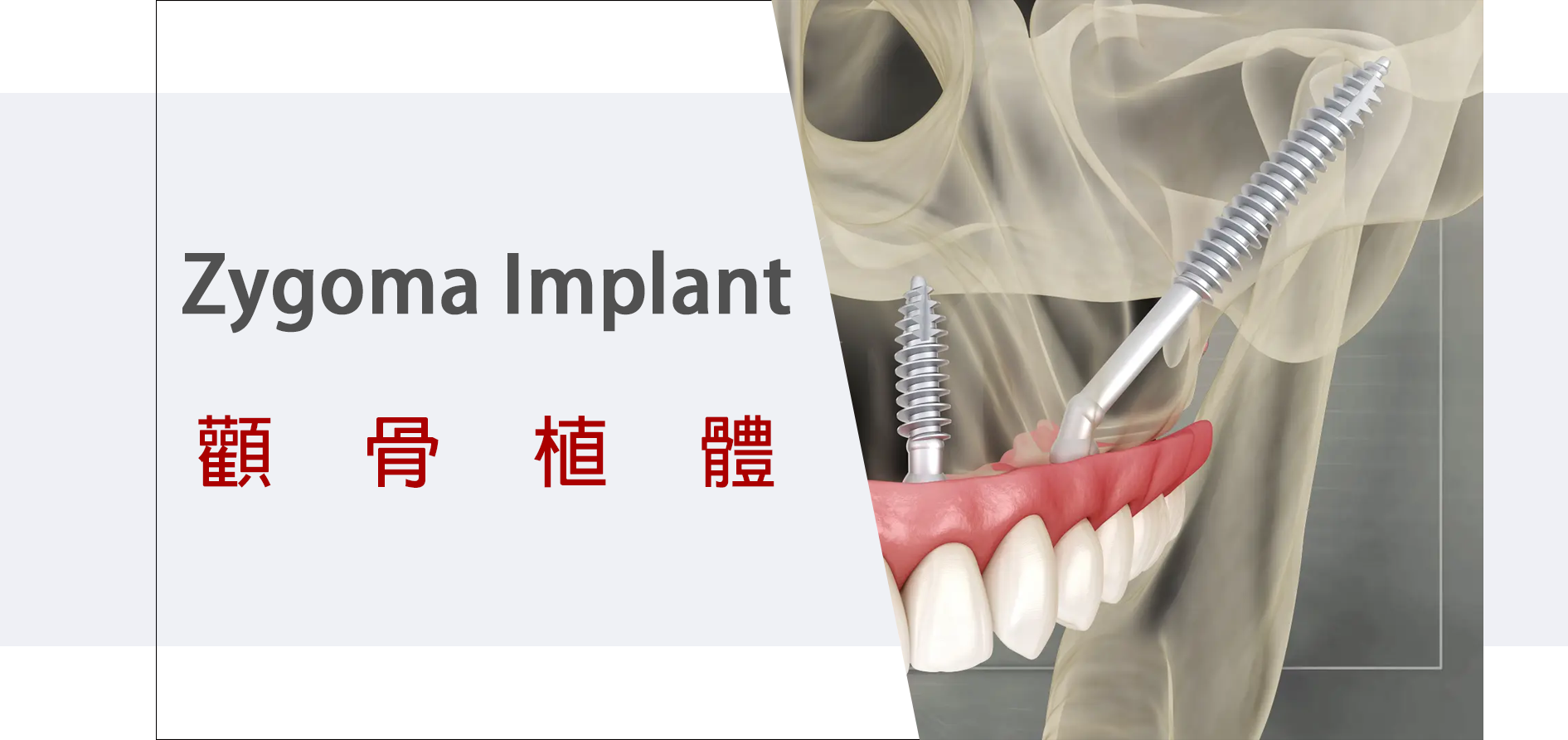


Zygomatic implant is a relatively long oral implant, allowing extension from jaw bone to zygomatic body intraorally. This is an advanced technique requiring experienced and highly professional doctors who evaluate individuals thoroughly and independently, so that the case can be performed perfectly.
How is the success rate?
Based on the recent publications, the cumulative success rate is more than 97%, which is comparable to conventional implants. One thing to be noticed, the implants were all performed by experienced oral surgeons or maxillofacial surgeons. So choosing an experienced surgeon is crucial to secure the high success rate.
Is the zygoma implant more aggressive? What is the risk?
The length of the zygoma implant ranges from 30 to 55 mm, and it pass from the upper jaw bone, through sinus cavity to anchor the zygomatic bone. It is indeed more aggressive, comparing to conventional implants, and performed by experienced Oral and Maxillofacial Surgeon is recommended. The complications include sinusitis, breakage of the implant, or nerve paresthesia, other severer risks happen rarely. Protective procedures, such as bone grafting, sinus lifting, or soft tissue grafting should be executed during surgery to maintain the sinus integrity, and decrease any potential risks in a long run.
Does it hurt having the zygoma implant placement?
These procedures are performed under IV sedation. Even before the surgery, the surgical field is anesthetized completely with long acting local anesthesia. We shall make the patient free from pain when waking up for sure. Comparing to conventional implant, the patient may feel more swollen, but the pain scale does not differ much. Most of the time, the pain can be released by paracetamol plus NSAIDs. The patients rarely need stronger pain killers.




